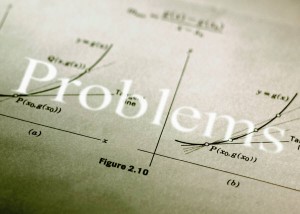 A professor was giving a lecture to his students on stress management. He raised a glass of water and held it up in the air. Then he asked the class, “How heavy do you think this glass of water is?” The students’ answers ranged from 20g to 500g.
A professor was giving a lecture to his students on stress management. He raised a glass of water and held it up in the air. Then he asked the class, “How heavy do you think this glass of water is?” The students’ answers ranged from 20g to 500g.
To which the professor replied, “Does it matter how absolute the weight is or does it matter how long you hold it before it becomes a heavy burden?
If I hold this glass of water for a minute, it won’t be too heavy. But if I hold it for an hour, I will have an ache in my right arm. If I hold it all day, you may have to take me to ER. It is the exact same weight, but the longer I hold it, the heavier it becomes.”
We are created with a huge capacity to do impossible things, carry many burdens, and resolve difficult problems. When we appropriately use the stress energy we were designed to use to accomplish things, obstacles won’t become impossible burdens. Instead we will grow stronger.
However, if we carry our problems and burdens and never put them down, we will become exhausted. Eventually our bodies will begin to break down under the strain and we will suffer mentally and physically.
Just like the glass of water that becomes heavier and heavier the longer we hold it; your problems will get heavier and heavier. If you put it down from time to time, rest in between, or figure out ways to hold it up, you can go on for a long time. You may even decide it isn’t worth holding at all.
What continues to stress you, worry you or cause you constant concern or anxiety? What burdens or problems are you carrying around all the time?
Part of making our stress work for us, is figuring out what kinds of stressors are creating distress, and find ways to either eliminate them or turn them into positive action.
Stop and think about what you are carrying around in your mind all the time that is getting heavier and heavier and harder and harder to hold. Is it time to put it down?
Marlene Anderson









